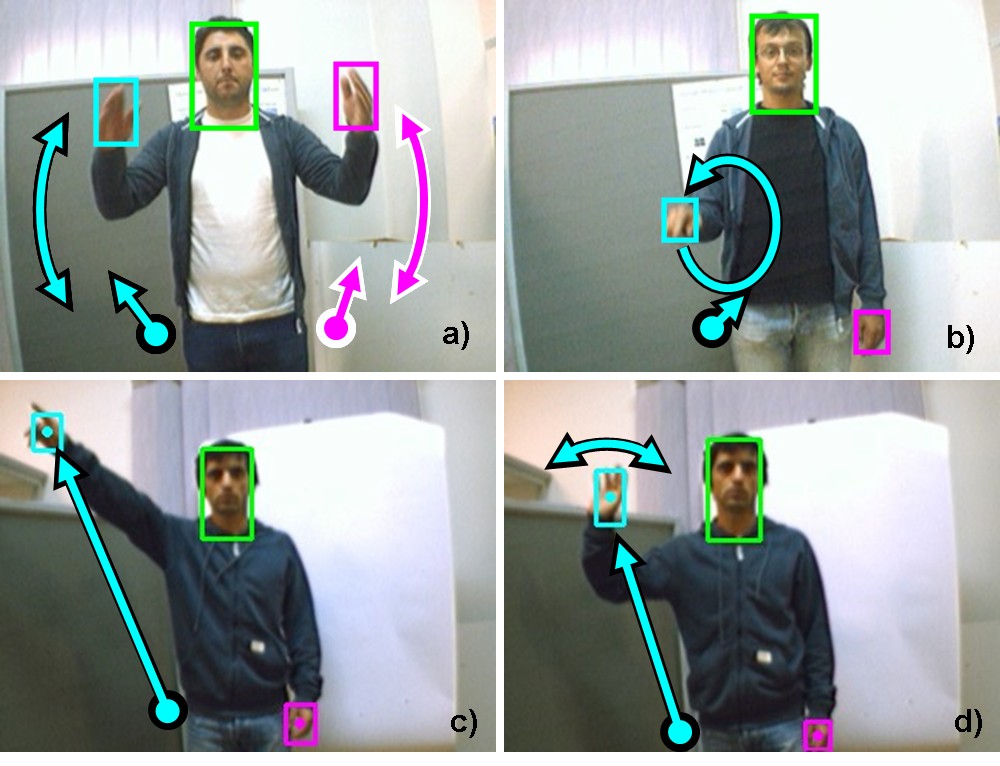
Innovation often comes at the intersection of multiple existing technologies – and gesture technology is a good example in the access control industry. With the advent of smart mobile devices that feature accelerometers, wireless connections, and powerful processing capabilities, it is now possible to control a variety of RFID devices including card readers and electronic locks with a user-defined wave of the hand or other motion gesture.
Just as mouse technology revolutionized the computer interface, gesture technology is expected to change how users interact with access control systems.
Gesture technology offers the opportunity to enhance user experience while increasing security and providing genuine user privacy.
It will add a new authentication factor to the existing access control rule set that goes beyond something the cardholder “has” (the card) to include a gesture based version of something the cardholder “knows” (like a password or PIN).
Gesture based access control can also increase speed and minimize the possibility of a rogue device surreptitiously stealing the user’s credential in a “bump and clone” attack.
How Gesture Technology Works
The industry is already seeing the impact of gesture technology in gaming. Further developments are underway in the interactive TV market where users are able to virtually swipe through on-screen TV and game console menus by gesturing in the air from their seats.
Other developing applications for gesture technology include robots that help care for the elderly and digital signage that can see who the customer is and display content relevant to them.
Source: todaysfacilitymanager.com
